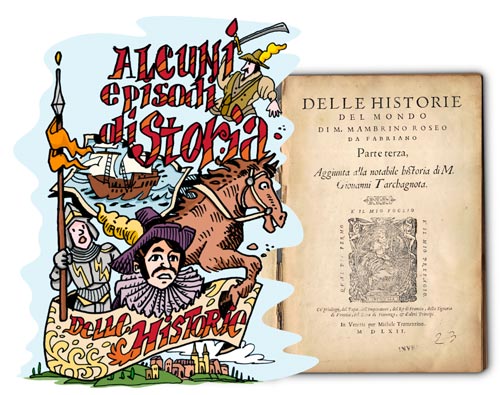
Some episodes of History from the 1500’s, seen and told by an illustrious witness of the time!
CHRONOLOGY OF EVENTS OF THE XVI CENTURY
A small chronology taken from the book Histories of the World, by Mambrino Roseo of Fabriano.
1512
The Duchy of Milan Between 1512 and 1525, the city was the battlefield in the battle between the French and the Swiss.
On 3 June 1513, the Swiss army, which had been reduced in number and without artillery, garrisoned the city besieged by the French determined to reconquer it. The situation was drastic, but when the news of the imminent arrival of 8,000 Swiss arrived in the afternoon of 4 June, Duke La Tremoille and Gian Giacomo Trivulzio, fearing they would become trapped in the crossfire ordered the troops to withdraw.
![]()

Explore the images by hovering over them!
Scroll down to explore the history of events
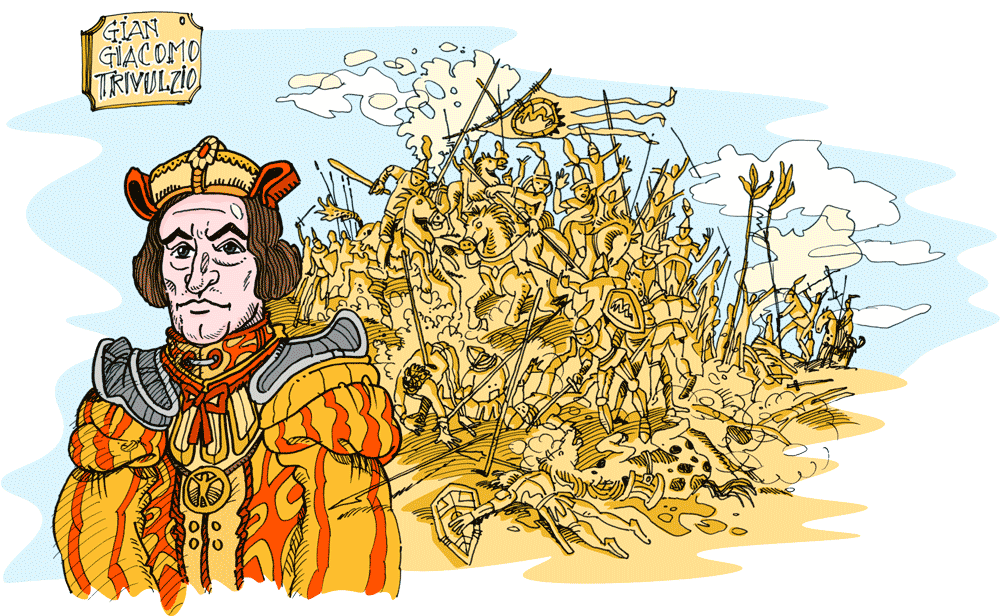

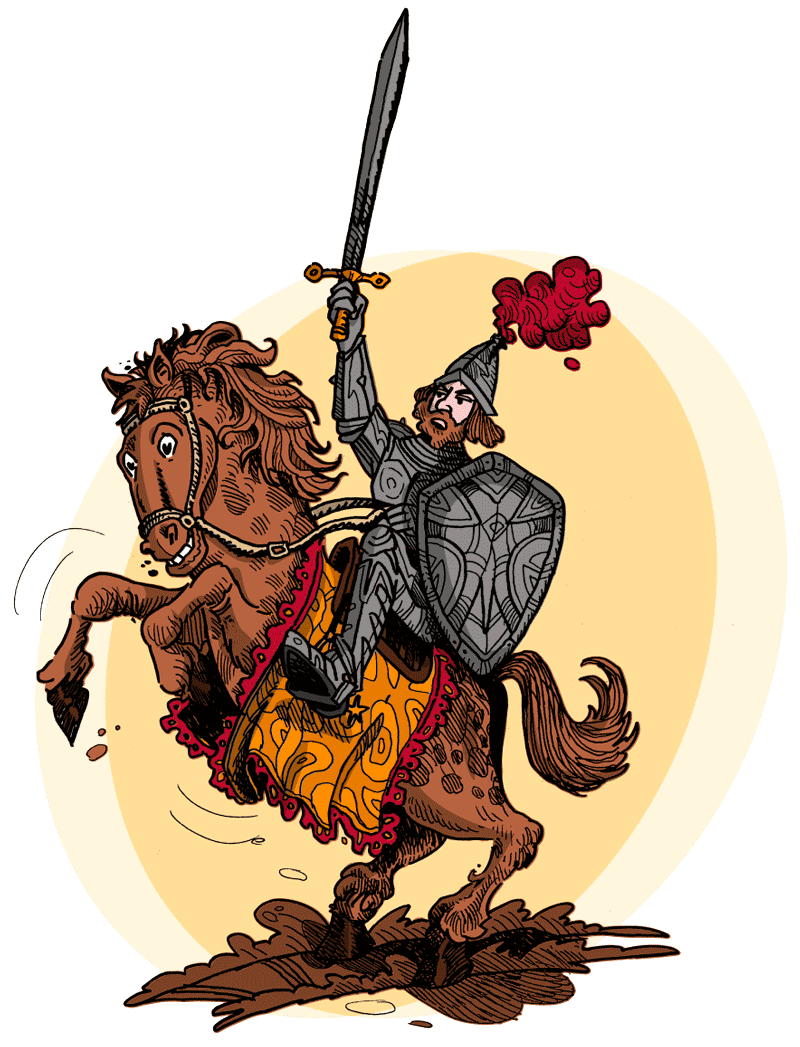

1513
It was the year 1513: the English troops had landed in Calais, where they joined the Imperial troops. The coalition managed to surprise the French and to engage in what was called the “day” or “Battle of the Spurs”, since the commentators of the time said that the French cavalry had abundantly used the spurs (to incite the horses to flee) suggesting that the French did more fleeing than fighting.
1515
The Battle of Marignano was an armed battle that took place took place on 13 and 14 September 1515, in Melegnano and San Giuliano Milanese, 16 km southeast of Milan for the control of the Duchy of Milan.
The battle saw the victory of the Franco-Venetian alliance (formed after the change of alliances in the Holy League), namely the French under Francis I, assisted by some Lansquenets and – towards the end of the battle – by the forces of the Republic of Venice.
On the opposing side were the Swiss, who since 1512 had actual control of the Duchy of Milan, also present in the figure of Duke Massimiliano Sforza with his cavalry and foot soldiers.
Francis I (François d ‘Orléans) was king of France from 1515 until his death (1547).
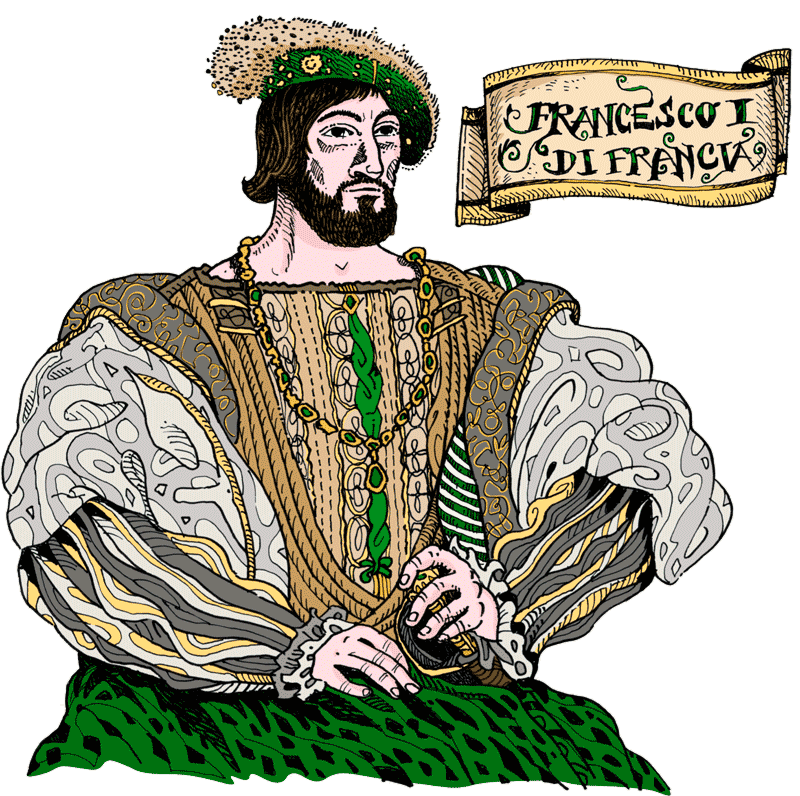

Martin Luther (10 November 1483 – 18 February 1546) was a theologian and scholar, mainly known as a religious reformer and initiator of Protestantism.
1517
In 1517, Martin Luther posted his 95 theses in Wittemberg, giving life to the Lutheran Movement and the Protestant reform. The Pope will try to stop Luther’s heresy by sending Papal Legates and Ministers until 1521 when Pope Leo X excommunicates Luther with the Papal Bull Decret Romanum.
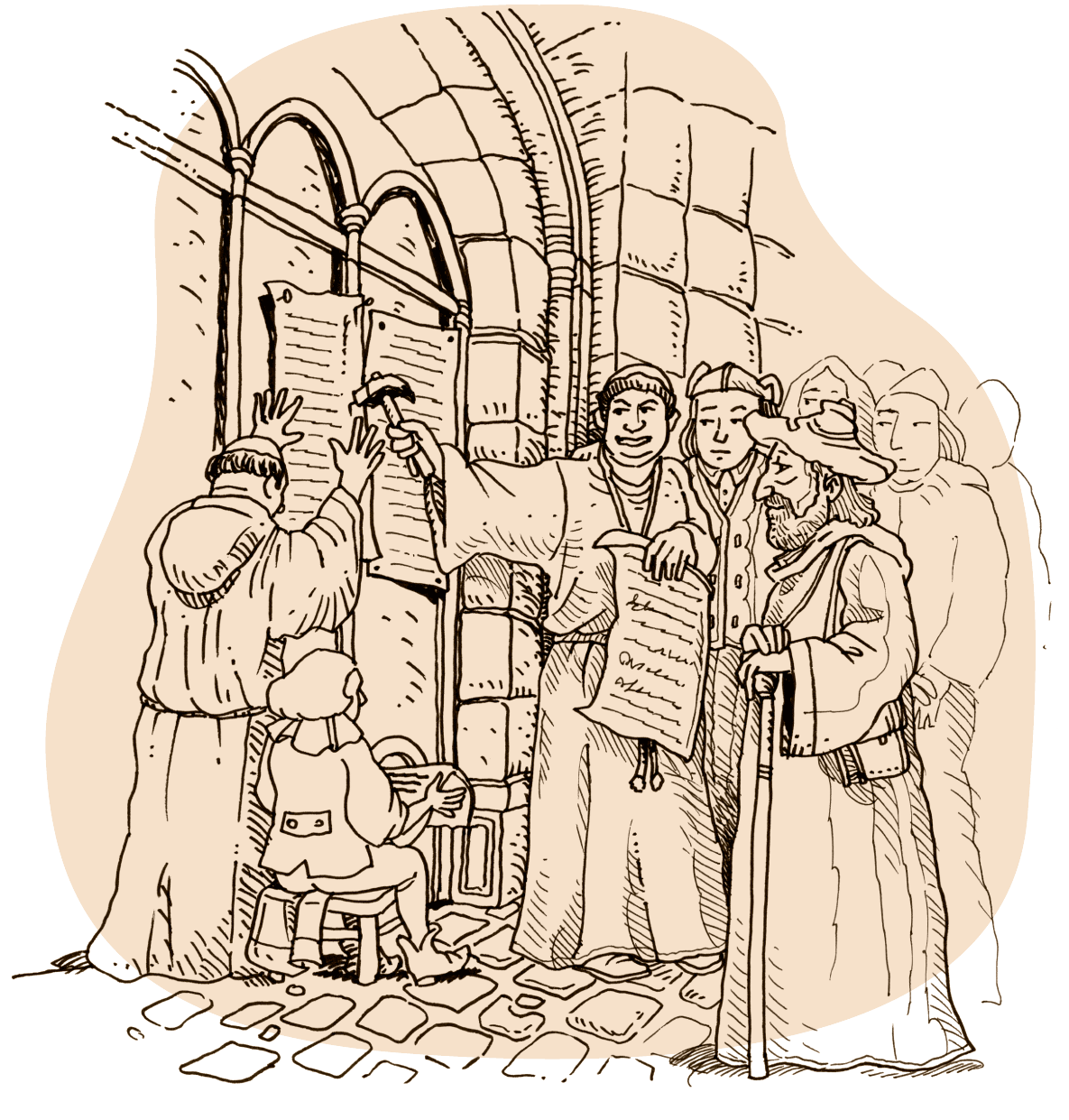
1520
In 1520, Suleiman son of Selim I, succeeded his father, becoming the sultan of the Ottoman Empire. Suleiman reigned many military campaigns, instituted major judicial changes relating to society and education.
He married a concubine of his Harem who converted to Islam from Christianity.
His reign lasted 46 years
and he conquered Eastern Europe
reaching the gates of Vienna
in 1529.
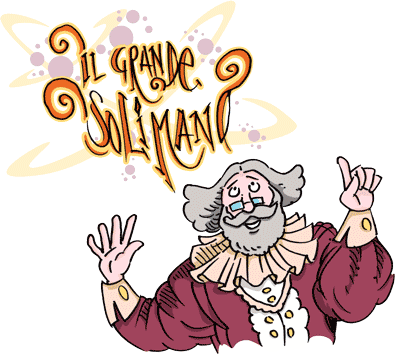
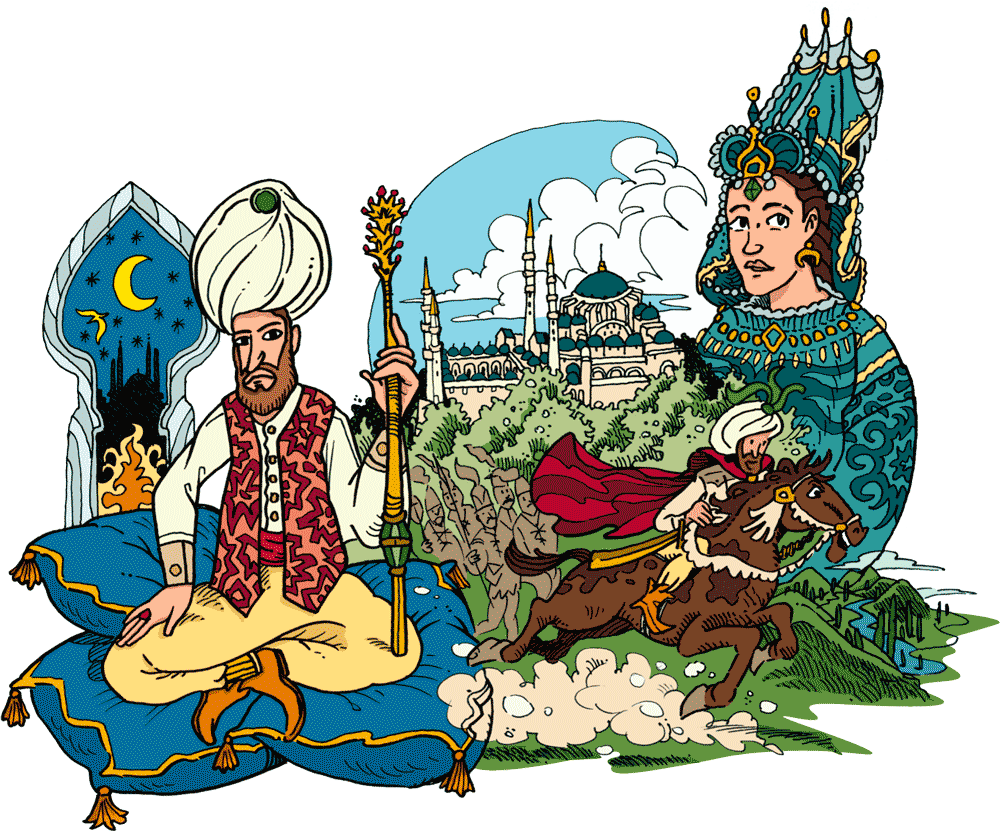

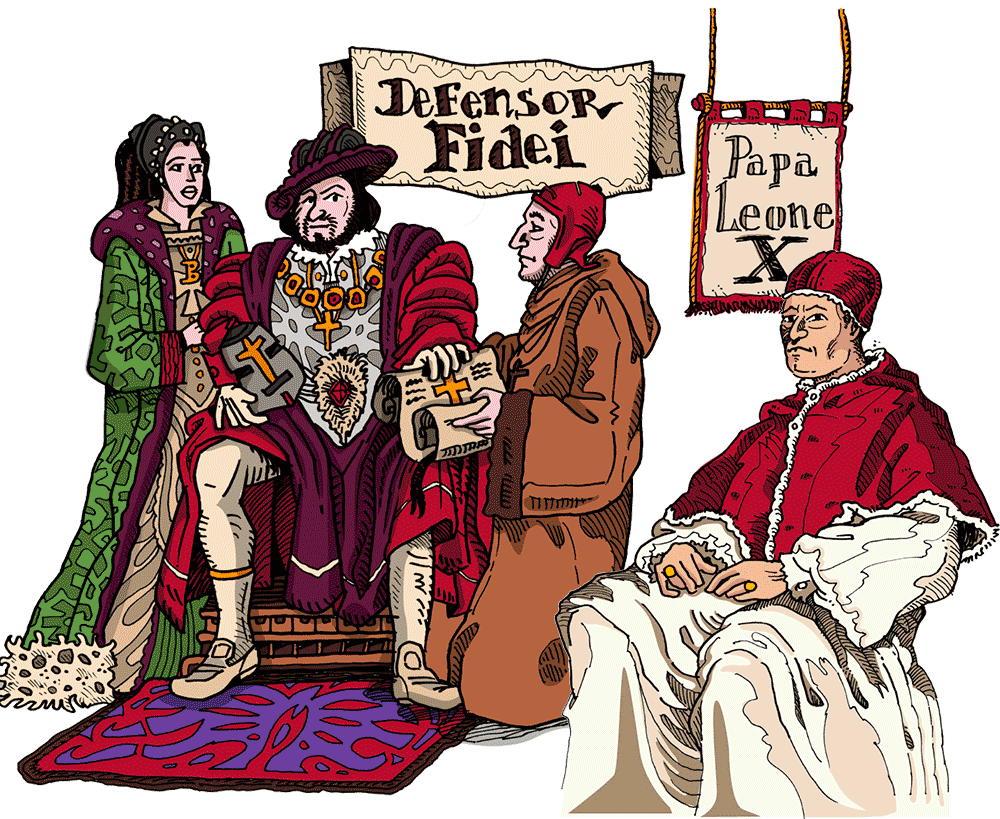
1521
King Henry VIII was a fierce opposer of the theories of Luther and – for this reason – in 1521 he was issued the title of Defensor Fidei, or “Defender of the faith”, from Pope Leo X, title that still appears on English coins with the Latin acronym DEF. FID.
However, in 1534, Pope Paul III revoked the title, excommunicating Henry VIII, following his decision to put an end to relations with the Catholic Church and to form the Church of England.
King Henry VIII, Defender of the Faith in 1521… then supporter of the Anglican Church and excommunicated in 1534.
1525 saw the outbreak of a Naval battle between the League and Cesarea.
The army of the League had seventeen French galleys at sea, fourteen Venetian galleys and Six galleys belonging to the Pope, together they controlled the sea from Genoa to Livorno, as far as Corsica.
1525
They met the Spanish Ships and those of the Viceroy of Naples which were sunk, in what the author describes as more of a skirmish that a real naval battle. The author, narrates, that the battle took place on a day where the sea was rough.
1528
During the summer of 1528, during the siege of Naples, while the French besieged the land, the bubonic plague spread among the soldiers.
What was the cause? It is said, that the cause was due to the besiegers who, wanting to divert the waters entering the city, diverted the aqueduct of the marshlands instead.
These swelled and contaminated the air, spreading the pestilence among the French army who – after the decimation of the two generals and a large part of the army – had to withdraw.
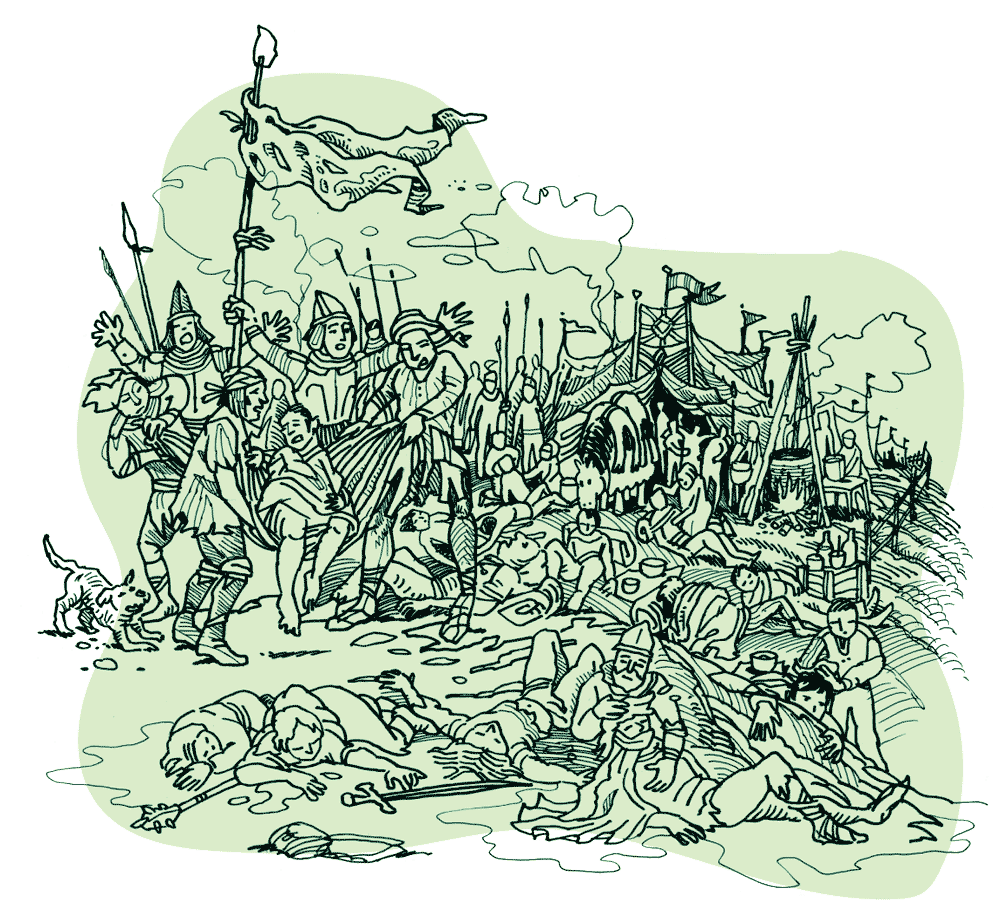

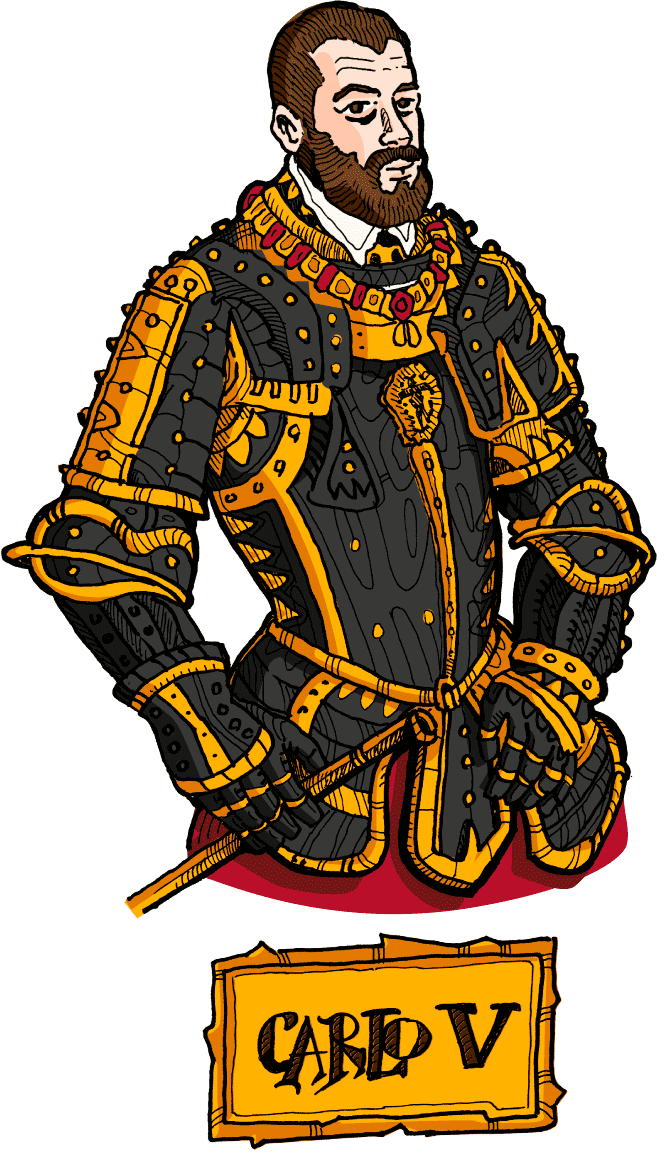
1533
In 1533, Barbarossa ravages many Mediterranean coasts, using Tunis as a base.
He had been promoted to admiral of the Ottoman Fleet in the same year and continued in 1534 to carry out terrifying incursions along the Tyrrhenian coast commanding 82 galleys terrorizing even the Papacy of Rome.
In 1535, Charles V reacts and arms a fleet of 82 galleys and 200 vessels assigned to Andrea Doria that destroys Barbarossa’s fleet: but while everyone believed him dead, he was still alive and had taken refuge on Bona Island.
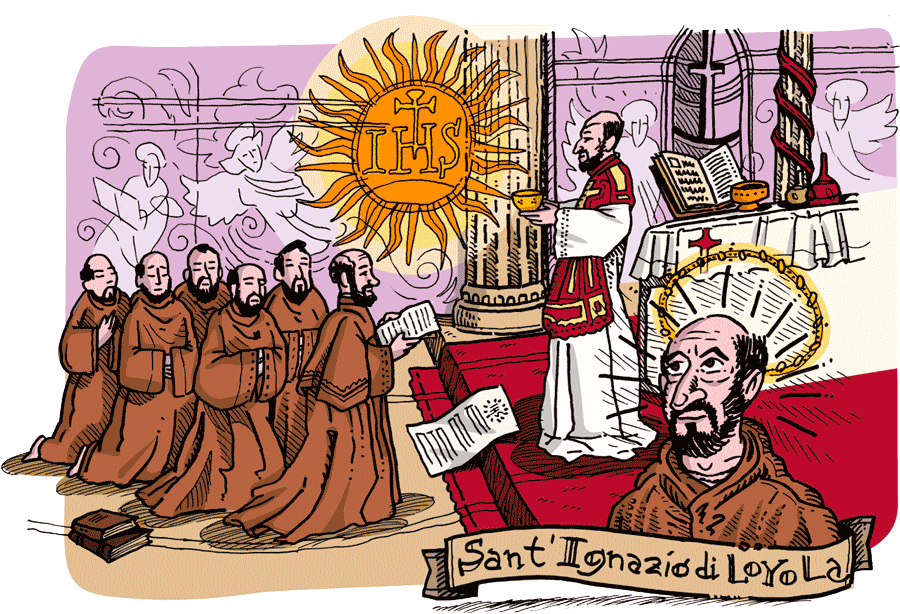
1534
It was the year 1534 when – on 15 August – Ignatius of Loyola and another six students Pierre Favre (French), Francesco Saverio, Diego Laínez, Alfonso Salmerón, Nicolás Bobadilla (Spaniards), and Simão Rodrigues (Portuguese) met in Montmartre, near Paris, mutually binding each other with a vow of poverty, chastity and obedience, founding an international order called – with a term of military origin – the Society of Jesus, with missionary purposes in any place the Pope ordered them to go. On this occasion, albeit marginally, a fourth vow was added to the vows usually taken by monks: that of absolute obedience to the pope, which again recalls the military connotations of the society.
1536
Anne Boleyn was decapitated on 19 May 1536, previously arrested and imprisoned in the Tower of London, found to be guilty of a whole range of accusations, such as having used witchcraft to induce the king to marry her, of committing adultery, and of having conspired to kill the king.
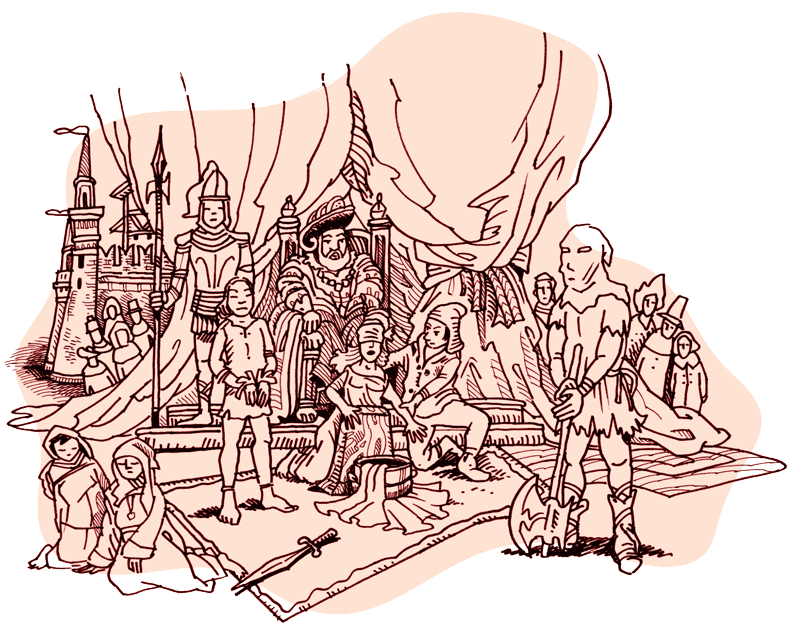

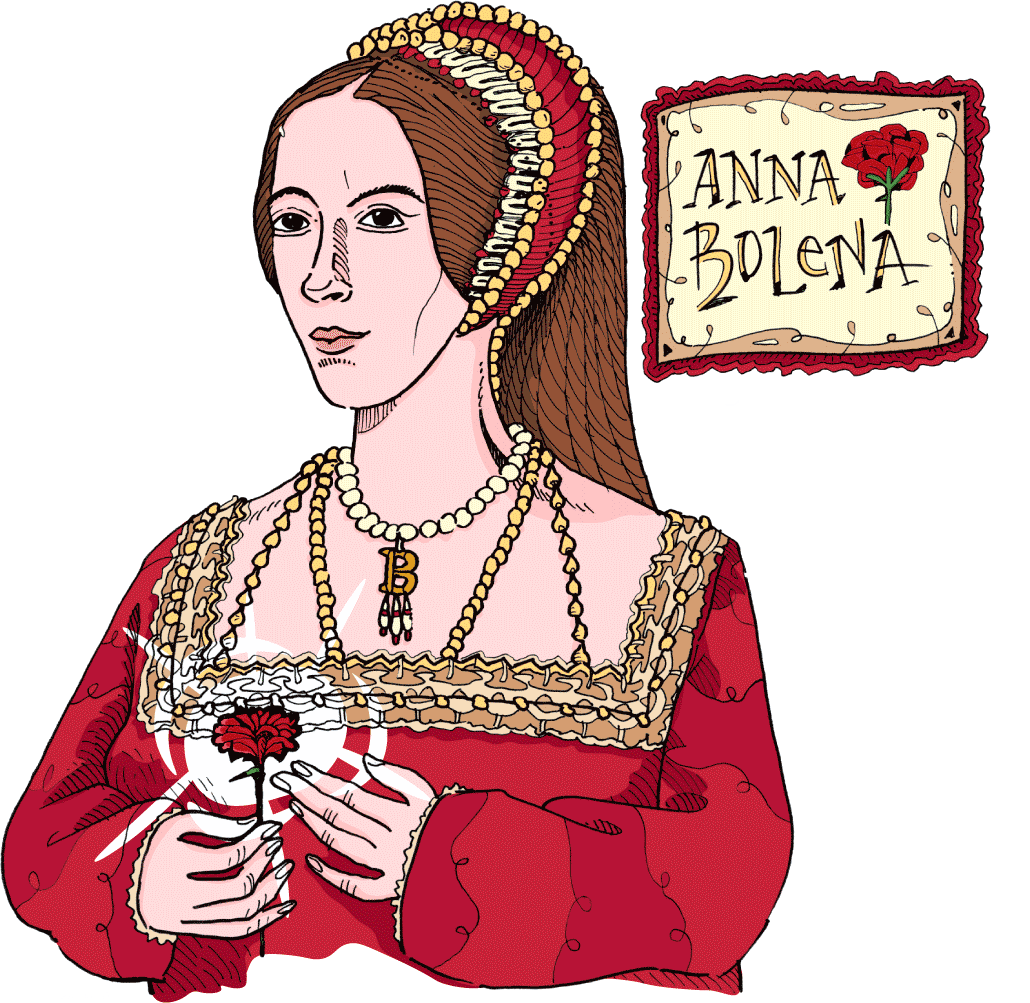
Play with the Histories of the world
Have you explored the Histories? Do you want to test yourself?
Try one of the games below!
Play “Find the Differences” connecting from a PC
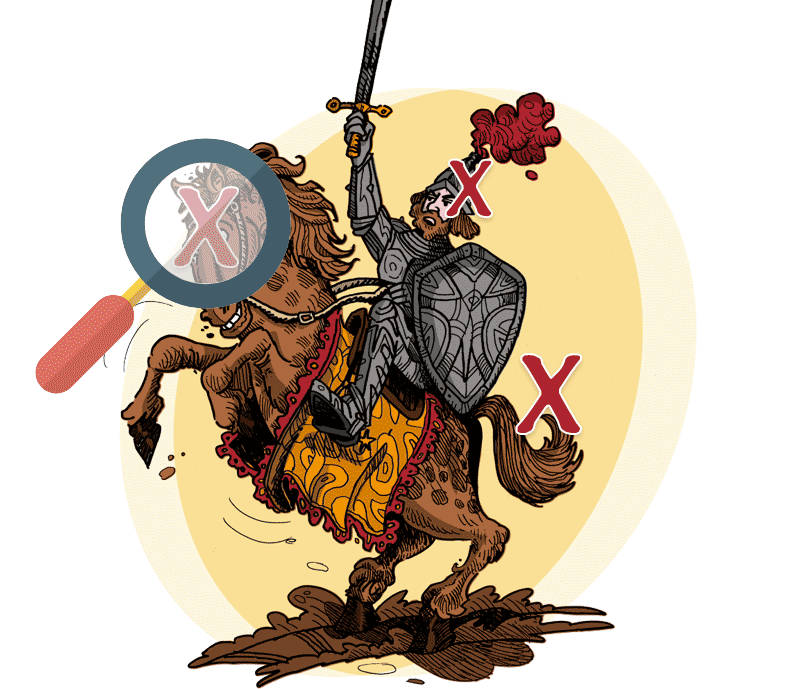




























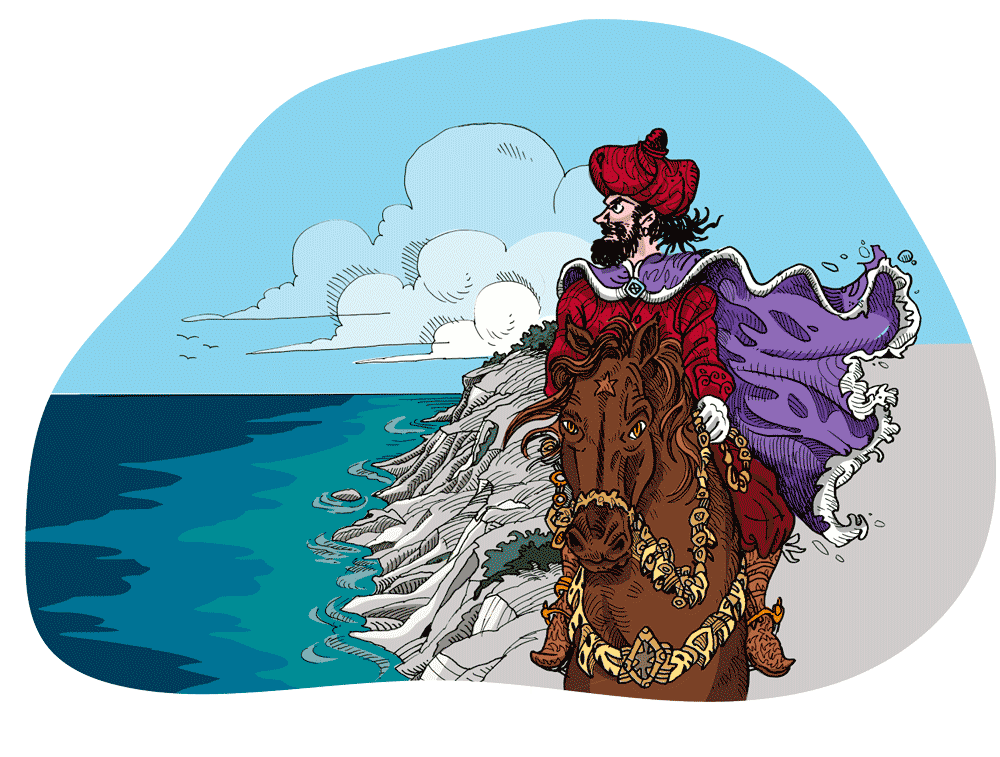
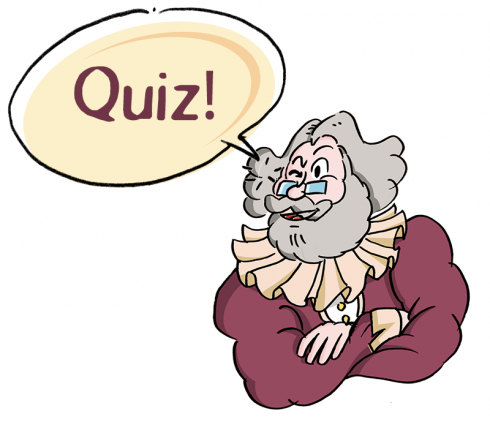



 Contact
Contact